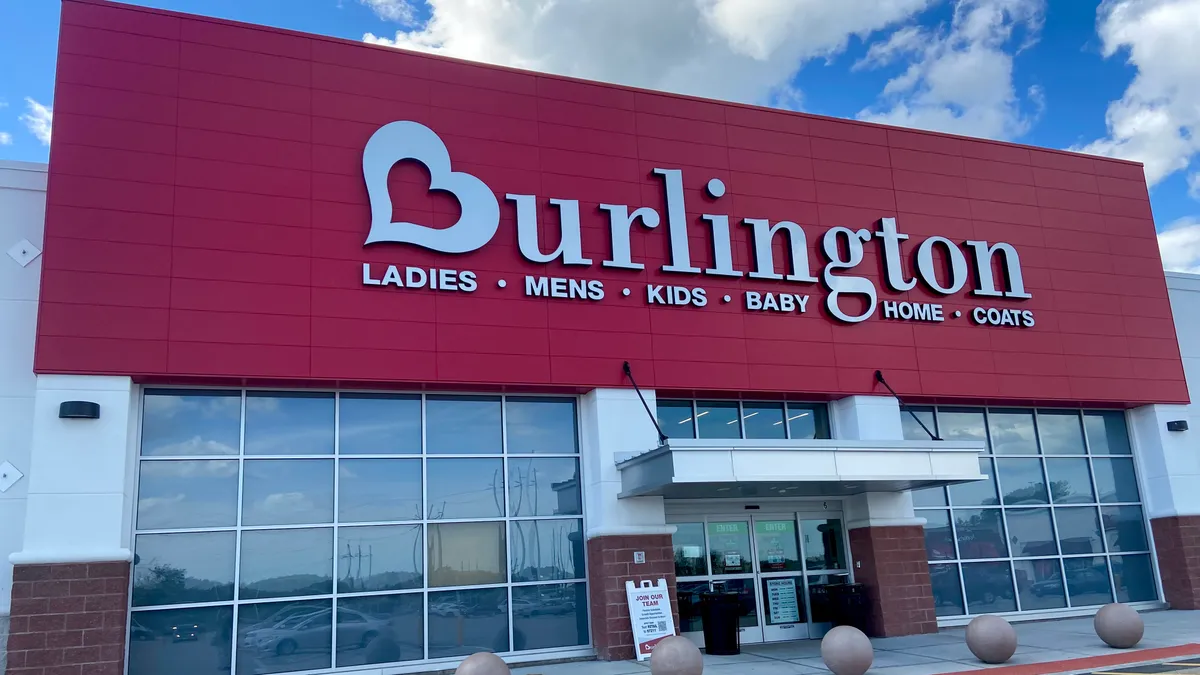Dive Brief:
- Burlington Stores is planning to open a 2 million-square-foot distribution center in the Southeast in 2026 as it looks to grow its store footprint, CFO Kristin Wolfe said on Q4 earnings call.
- The “highly automated” distribution center will be about twice the size of Burlington’s next-largest facility and be designed for its off-price business, Wolfe said.
- “Over time, we'll move an increasing percentage of our merchandise through these more efficient DCs that are designed for off-price,” the CFO told analysts.
Dive Insight:
Burlington plans to spend $750 million in capital expenditures this year as the retailer builds out “much larger, more automated, more productive new distribution centers to accommodate our growth” Wolfe said. Within that line item, supply chain costs are earmarked for about 30% of that, with a large portion going toward material-handling equipment for the new distribution center.
Burlington is beefing up its distribution network to support its goal of opening 100 stores a year, though the retailer only made it to 80 stores in 2023, CEO Michael O’Sullivan said on the earnings call. New stores average some $7 million in volume during the first full year, he added.
At the same time, the discount retailer is working to make its existing distribution centers more productive. In the last quarter of 2023, product-sourcing costs were 20 basis points lower than in the same period of 2022, Wolfe said. That was driven by initiatives to reduce labor hours and processing reserves to more efficiently manage the flow of goods.
“That was ahead of our expectations, and that was due to higher productivity and benefits we're starting to realize from our efficiency initiatives and supply chain,” she said.
Over the past year, Burlington has worked to iron out other areas of its supply chain. Highlights from Q2 included driving down freight costs — which ended up improving over the year. During Q3 2023, the retailer lowered its inventory by 8%, compared to the same period last year, as it worked through reserve stocks.
O’Sullivan said higher merchant margin, lower freight expenses and reduced costs in other parts of the supply chain are expected to drive margin expansion by 10-50 basis points this year.













